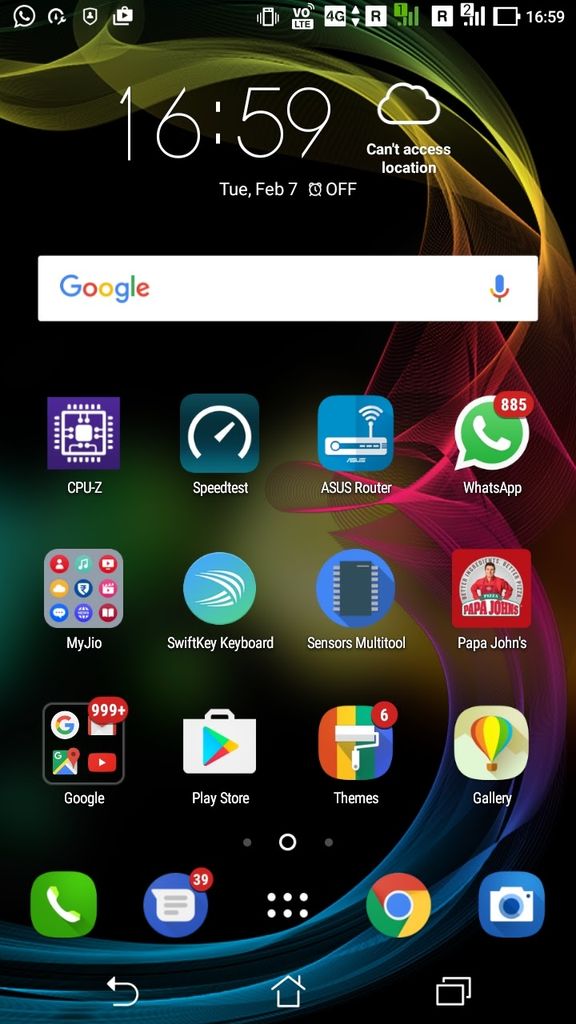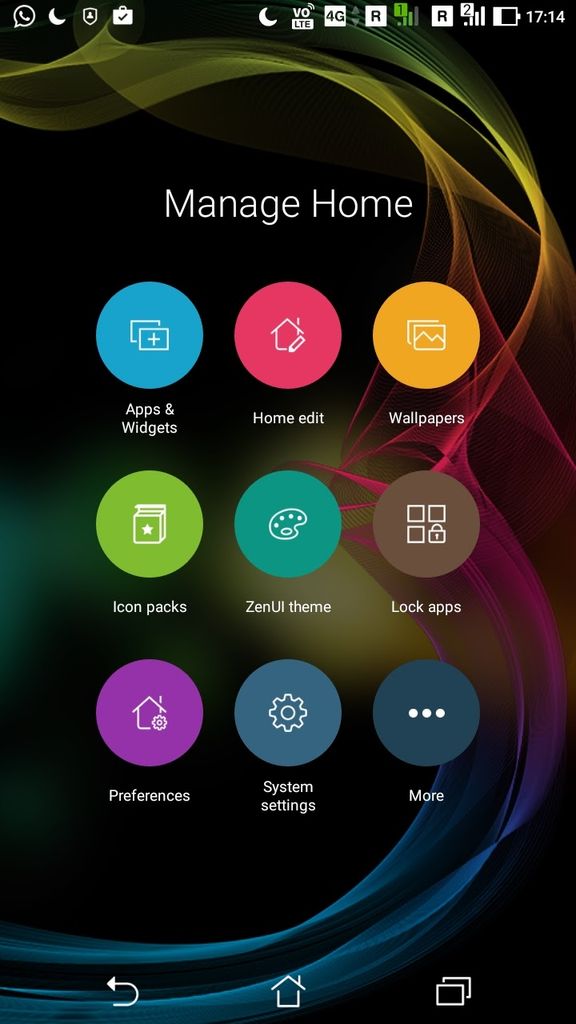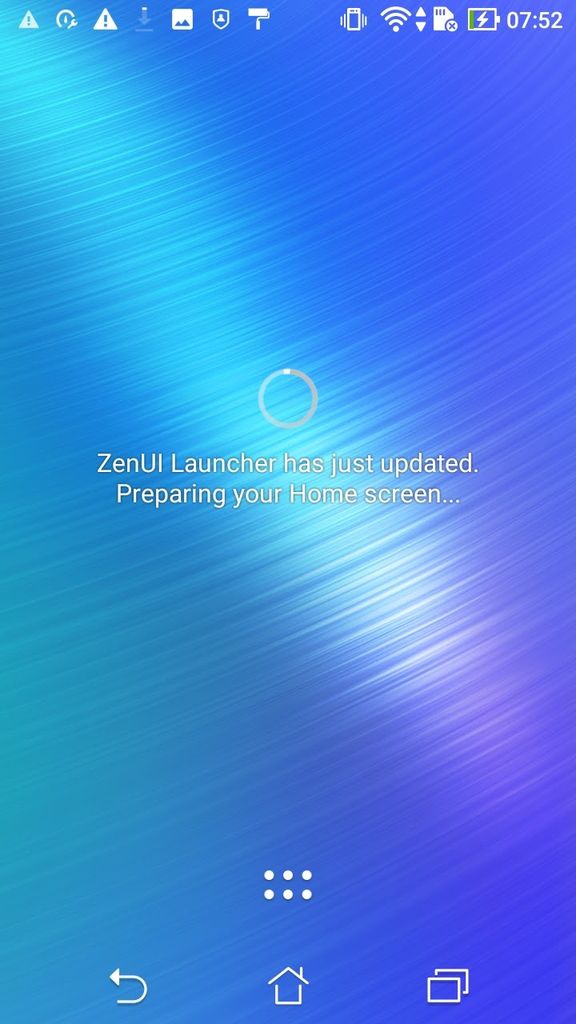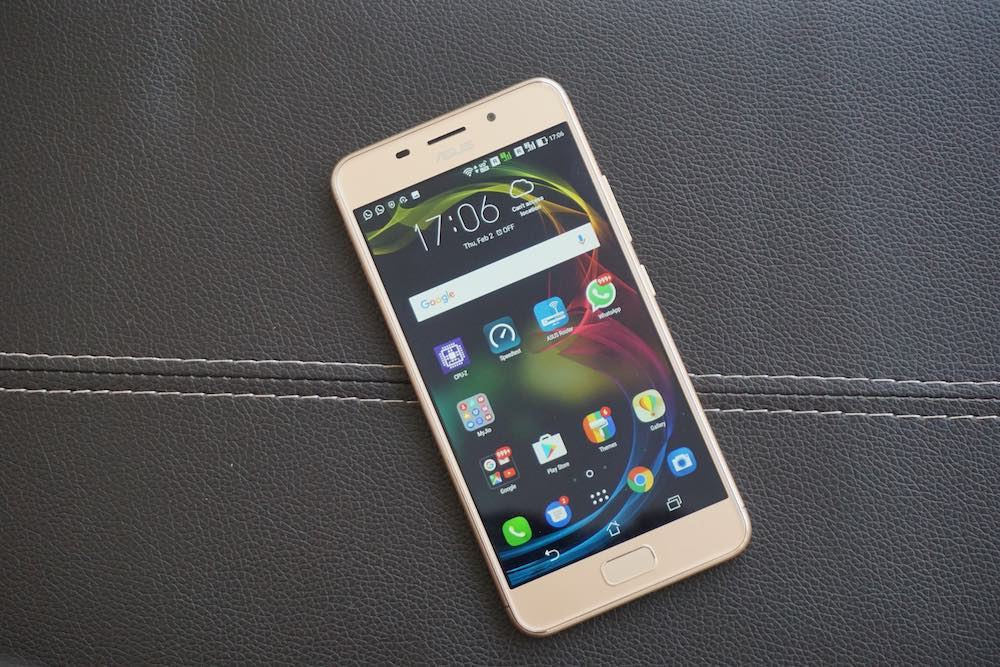
Buying a smartphone nowadays has become an arduous task. There are way too many brands to choose from, and even if you dial in on one brand, there are simply too many variants to choose from. To add to the melee, manufacturers aren’t helping the cause one bit by choosing to name their models in the most incoherent ways possible. While almost every mainstream manufacturer seems to be doing this, there are some who take this practice to the next level. Take the case of ASUS for example. If you have been following ASUS’ journey with its Zenfone series, you will know that the lineup is currently in its third generation. And if you ask me, ever since ASUS introduced the Zenfone lineup back in 2014, the company seems to have tried everything possible to confuse the potential buyer.
Consider this — most of the Zenfones available today are from the Zenfone 3 line up. Naturally, you’d be inclined to believe that its predecessors would be the Zenfone 2 and the Zenfone series. While you’re right about Zenfone 2, the first generation Zenfone range actually had devices that were called Zenfone 4, Zenfone 4.5, Zenfone 5 and the Zenfone 6. Only back then, the numbers next to the Zenfone stood for the display size and not the product generation.
Currently, there are two Zenfone 3 variants, three Zenfone Max variants (including the 3s Max we are reviewing today), the Zenfone 3 Deluxe, the Zenfone 3 Ultra and the Zenfone 3 Laser. If that wasn’t all, there are multiple variants of the Zenfone Go spread across multiple generations (I counted seven on the ASUS India website). Phew!
Anyway, let us now talk about the the newest Zenfone that I am currently using as my primary handset – the Zenfone 3s Max.
The ASUS Zenfone 3s Max (ZC521TL): Specifications
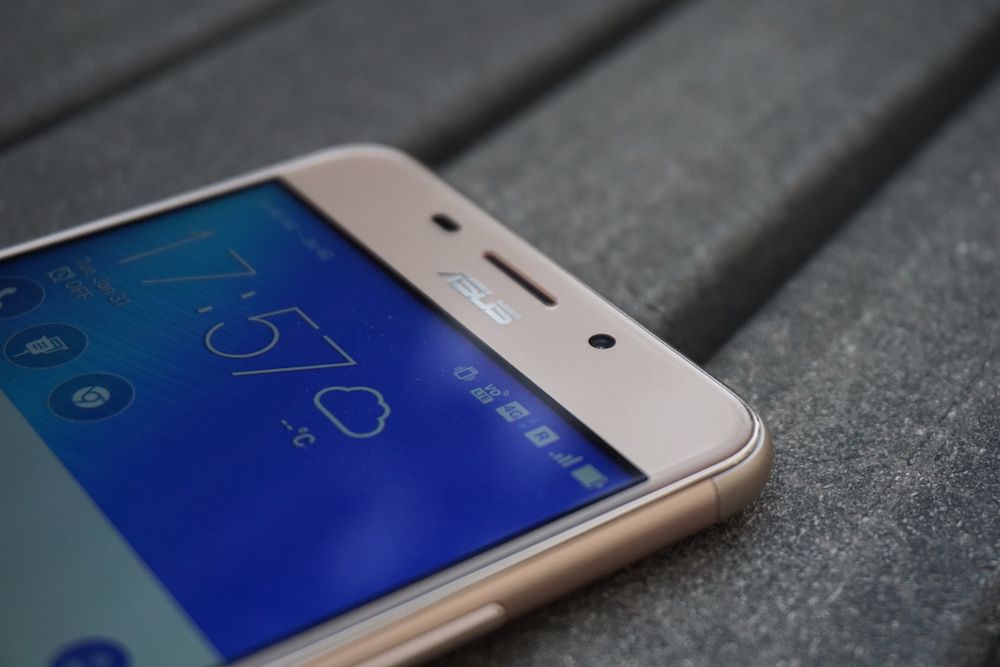
The Zenfone 3s Max is a direct successor to the lower-priced variant of the Zenfone 3 Max – the one with the model number ZC520TL. Back in November, Samir had reviewed the higher priced variant (the ZC553KL). As you might have guessed, the newer avatar of the Zenfone 3 Max adds a few more bullet points to the spec-sheet and comes in at a slightly higher price than the older model. This is what the spec-sheet of the Zenfone 3s Max looks like. I have also noted the key differences between the older ZC520TL model that this phone replaces.
- Processor: Mediatek MT 6750 (compared to the MT 6737 on the older model)
- Operating System: Android 7.0 with ASUS ZenUI 3.0 (Android 6.0 on the older model)
- Display: 5.2-inch HD(1280 x 720) IPS display, 75% screen-to-body ratio, 400 nits brightness
- Camera: 13-megapixel rear, 8-megapixel front with dual LED flash (older model had a 5-megapixel front camera and single LED flash)
- Memory: RAM 3GB LPDDR3
- Internal Storage: 32GB with microSD card slot
- Battery: 5100mAh (compared to 4,100 mAh on the older model)
- Weight: 175 g (compared to 148 g on the older model)
In the box: Handset, charging adapter (5V, 2A), USB cable, in-ear type headset with two pairs of extra earplugs, and a SIM ejector tool.
Now that you have a clear idea of what the Zenfone 3s Max brings to the table, let us check out the phone in detail.
Zenfone 3s Max: Design

The first thing I noticed when I opened the box and held the phone was its weight. As you might have read in the spec-sheet, at 175 grams, the Zenfone 3s Max is considerably heavier than its predecessor. While the weight may bother you for a while (especially if you have been using a lighter handset), you will easily get used to it in a couple of days. The Zenfone 3s Max gets an all-metal build, and barring an odd clicky noise when I pressed the handset, there weren’t any issues with the build quality. I particularly liked the volume control and power buttons located on the right side as they were very pronounced and offered great tactile feedback. There is a very satisfying “click” sound when the buttons are used.

The handset features a 5.2-inch 720p display at the front. A notification LED, earpiece, proximity sensor and an 8-megapixel front camera complete the upper part of the front fascia. Below the display, we have a home button that also doubles up as a fingerprint scanner. Like the volume and power buttons, the home button also offers decent feedback when pressed. At the bottom, there is a single bottom-firing speaker and the micro-USB port (no USB Type-C connector here). At the top, there is a 3.5mm audio jack. The SIM and microSD card slot are located on the left side. This is a hybrid slot that can at one time accept either a nano SIM and a micro SIM or a nano SIM or a microSD combination. The Zenfone 3s max comes in two colour options — Black and Sand Gold. As evident from the images, we got the Sand Gold variant.
Zenfone 3s Max: Display
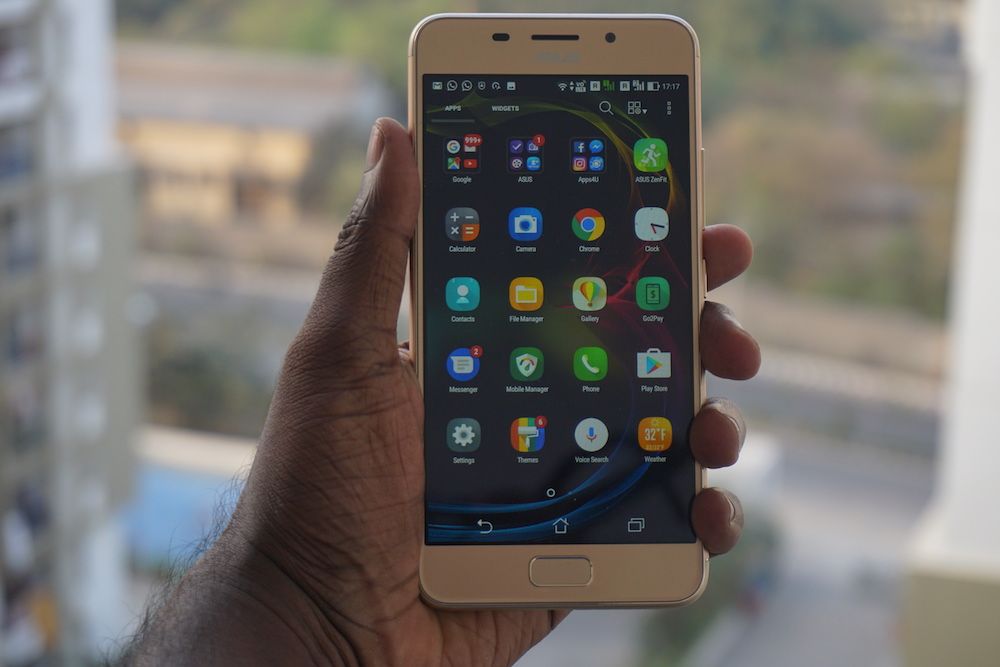
The 5.2-inch 720p panel is quite bright – but definitely not the brightest around. The Honor 6X had a much brighter display when placed right next to the Zenfone 3s Max. I also noted that the whites on the Zenfone had a slight yellowish tinge. That said, you will not see these differences unless you have a different handset to compare side-by-side. While other display calibration options were missing from the settings menu, the phone does get a blue-light filter than should be helpful while reading text in low-light situations. Most importantly, though, the Zenfone 3s skips on a higher resolution 1080p display that almost every other competing device on the market comes with these days.
Zenfone 3s Max: Hardware and Performance

The Zenfone 3s Max gets a faster Soc when compared to its predecessor – a Mediatek MT 6750 chip instead of the MT 6737 used on the older 5.2-inch model. The MT 6750 SoC houses an octa-core processor with eight ARM Cortex A53 cores clocked at 1.5 GHz. For graphics, the handset uses the Mali-T860 GPU. The phone also offers 3GB of RAM and 32GB of internal memory. When it comes to security, the fingerprint sensor is integrated into the home button. The dual SIM handset supports 4G networks with support for VoLTE. However, it skips support for 5GHz Wi-Fi networks – just like the Honor 6X.
Voice calls on the device were crystal clear with a lot of clarity and depth. The earpiece was sufficiently loud – but you may face issues in crowded, noisy environments. Like the Honor 6X, the Zenfone 3s Max does not have a tendency to heat up – even when you tax the phone. Gaming performance was nothing spectacular and you can play your normal, lightweight games on the handset without issues.
And yes, we ran the usual set of benchmarks.
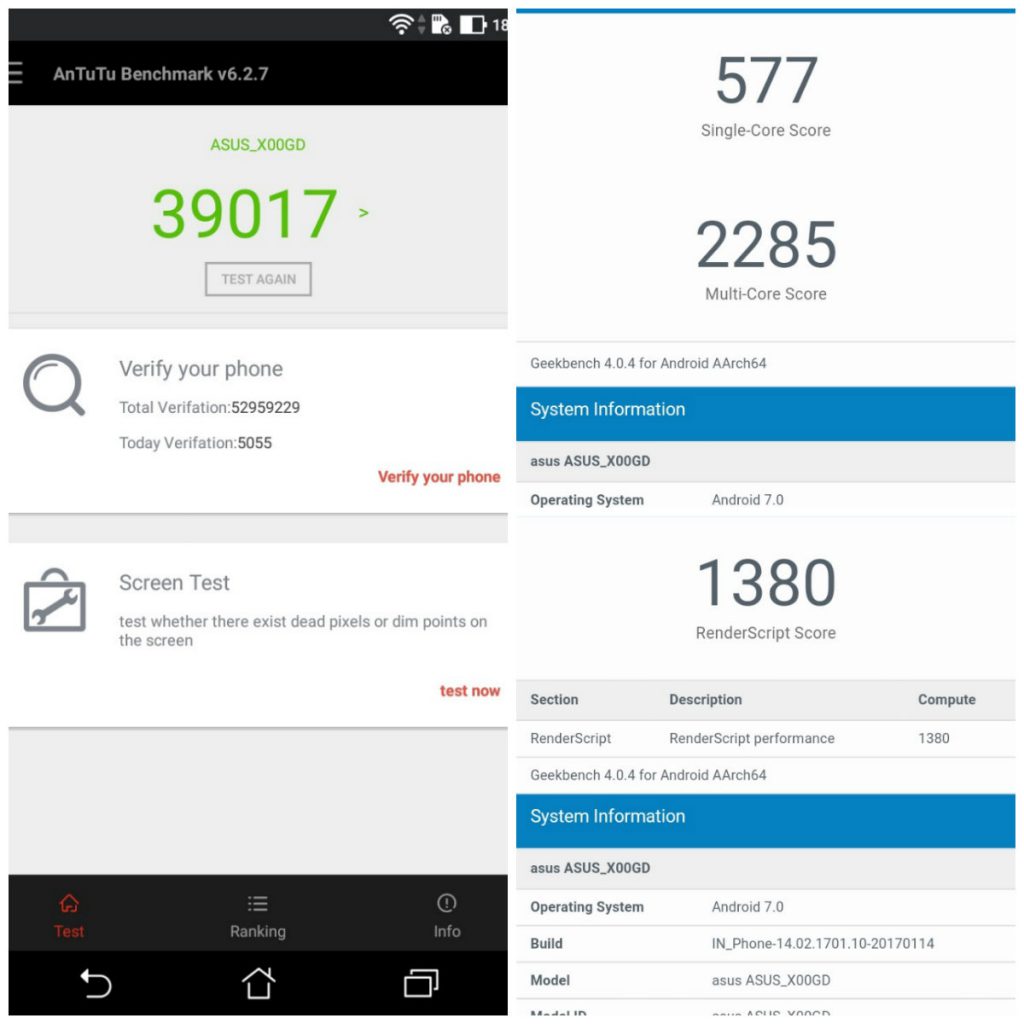
As for battery life, I was able to consistently get over 6 hours of screen-on-time with the Zenfone 3s Max, which is not bad at all. This was with the brightness set to medium and with a good mixture of web browsing, WhatsApp chats, work-related Slack messages and about 20 minutes of gaming.

That said, I certainly expected more battery life considering the battery capacity – although you can easily squeeze out more battery life with several optimizations.
Zenfone 3s Max: Camera
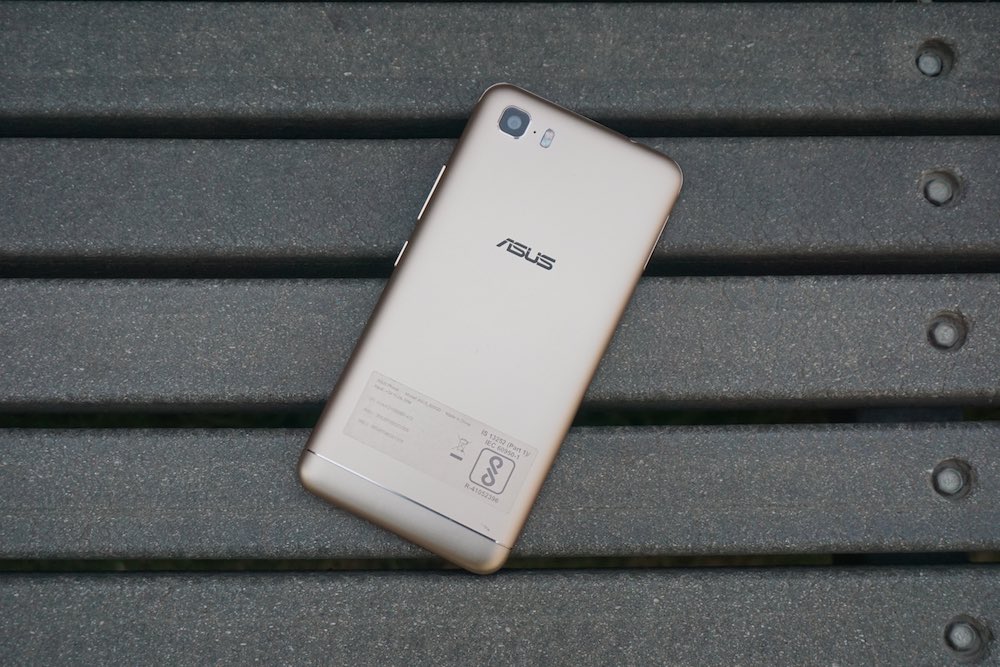
The Zenfone 3s Max gets a 13-megapixel camera at the rear with dual LED flash for low-light conditions. The front camera is an 8-megapixel unit. Like most ASUS handsets, the Zenfone 3s Max is packed to the hilt with several camera modes. These include features like a dedicated HDR mode, a super resolution mode, and a low light mode. While all these specs look good on paper, the camera turned out to be underwhelming, especially when you compare it to the kind of competition the Zenfone 3s Max has in its price range – the likes of the Xiaomi Redmi Note 4 and the dual camera-toting Honor 6X.
While I was pretty happy with the focus speeds on the camera, low-light imaging was a complete hit-or-miss affair. There was considerable loss of detail in many of the low-light shots. In fact, after one point, I simply gave up trying to use the phone in poor lighting conditions. In well-lit conditions, the results turn out much better. I did notice that the Zenfone 3s Max also had this tendency to oversaturate dark areas of an image – the same issue I faced on the Zenfone 3. Effectively, what I am saying here is that there are better alternatives available in the market if camera and imaging is your primary consideration.


Zenfone 3s Max: Software
The Asus Zenfone 3S Max comes with Android 7.0 Nougat out of the box. This is a big deal, because very few handsets in its price range come with the latest version of Android. While I was happy to see the newest version of Android running on the device, some users may find ASUS’ Zen UI quite cluttered.

As illustrated in my ASUS Zenfone 3 review, I personally am not a fan of the UI. However, I know people who like it a lot. While the phone did not show major signs of lag even with the heavy UI, the performance was inconsistent during the course of my usage. The plethora of apps that ASUS bundles along with the phone did not help either. That is not to say that everything about the UI is bad. There are features that several users may find useful – including support for multi-window apps and a range of custom settings for managing notifications. I was also happy to see a universal search feature that can be easily accessed from the search box at the top. We are hopeful that ASUS would continue to update the handset regularly, as too few vendors in this segment take them seriosuly.
Zenfone 3s Max: Verdict
The Zenfone 3s Max seems to address a non-existent issue in the segment it is currently in. While it has a huge battery capacity, I actually found the battery life on handsets like the Redmi Note 4 and the Honor 6X to be more than adequate. In fact, these devices offer great battery life with the added advantage of a faster processor, a higher-resolution display, and overall better performance. In fact, if you read our Redmi Note 4 review, that phone was able to offer over 7 hours of screen on time with a smaller battery. All these facets make it difficult for us to recommend the Zenfone 3s Max, at least until ASUS decides to cut the price of the device by a few thousand rupees. That said, if you happen to be a huge ASUS fanboy and like the premium metal build and the new Zen UI interface, you’ll be happy with the Zenfone 3s Max.






